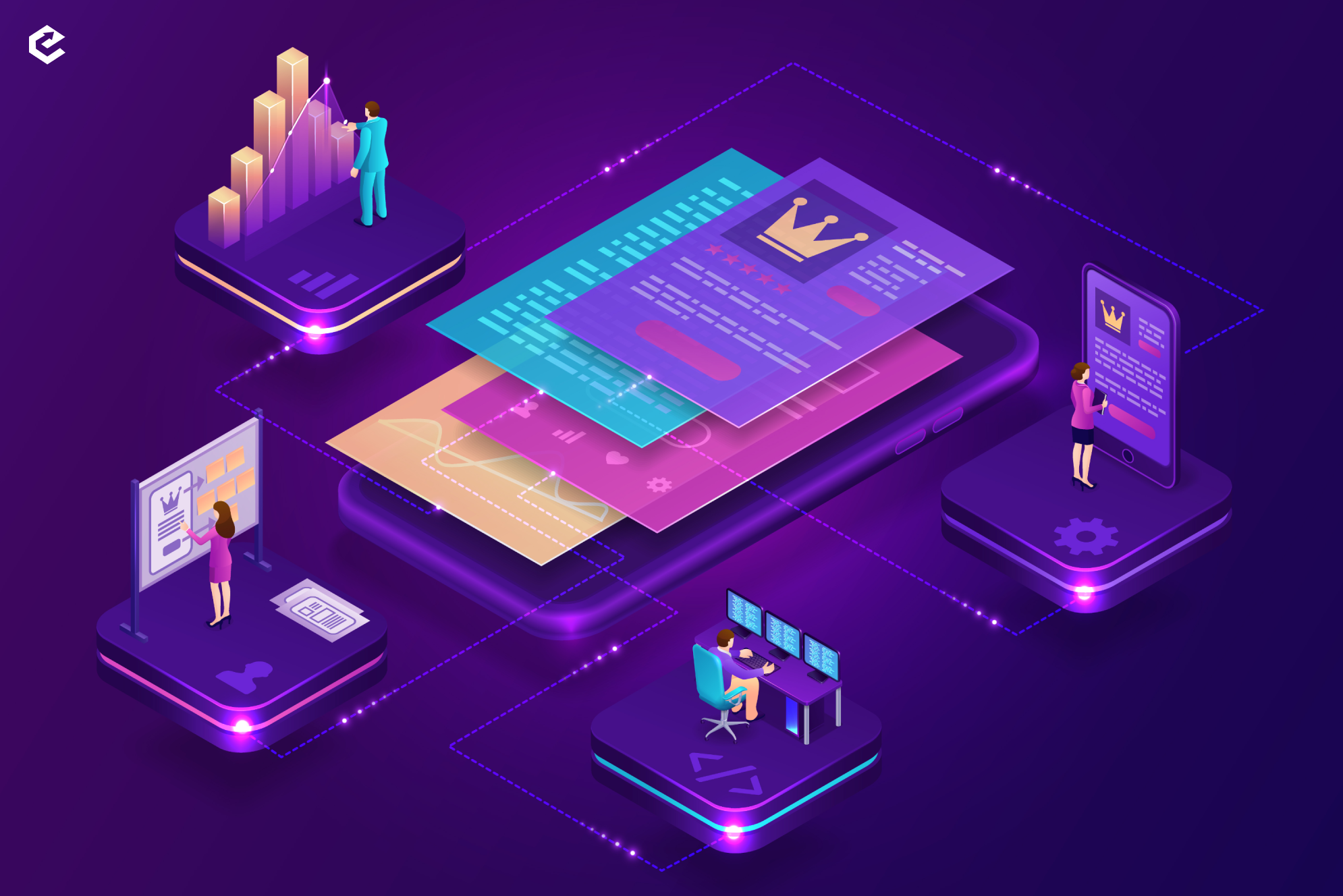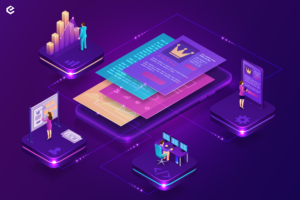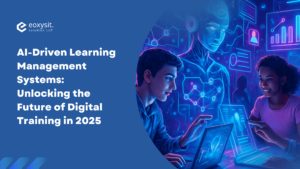Artificial Intelligence in Mobile App Development:
The Complete 2025 Guide
Introduction: Why AI is Now Central to Mobile App Innovation
In 2025, AI in mobile app development is no longer futuristic—it’s essential. The global market for AI is rapidly approaching a $400billion valuation, driven by consumer demand for seamless, intelligent, and hyper-personalized app experiences . Developers and businesses alike are integrating AI to create smarter apps that engage users, automate tasks, and adapt with unprecedented precision.
Whether it’s predictive recommendations, real-time security, or interactive AI co-pilots, successful apps today stand out thanks to the intelligent capabilities woven directly into the user experience.
1. Key AI Technologies Transforming Mobile Apps
Machine Learning ML
Machine learning enables mobile apps to analyze user data, detect patterns, and improve over time without explicit programming. ML empowers key features:
- Personalization of content, offers, and notifications.
- User behavior analytics for tailored experiences.
- Fraud detection and automated moderation.
Natural Language Processing NLP
NLP is at the heart of chatbots, voice assistants, and smart input fields. In 2025, every successful app is expected to offer:
- Voice-driven navigation and commands.
- AI chatbots for instant, round-the-clock support.
- Sentiment analysis and language translation.
Computer Vision
AI-powered computer vision brings a new dimension to mobile apps by enabling:
- Facial recognition, secure access, and AR filters.
- Object detection for shopping, logistics, or health tracking.
- Real-time video and image analysis in social and productivity apps.
Deep Learning & Generative Models
Deep neural networks are powering next-gen features:
- Generative AI for real-time text, image, and even UI generation.
- Advanced recognition capabilities (emotion, handwriting, gestures).
- Adaptive interfaces that change based on user profile and usage context.
On-Device AI
Edge AI and on-device inference (e.g., Apple Foundation Models, Google Gemini Nano) allow more processing to happen locally:
- Faster response times, no reliance on the cloud.
- Enhanced privacy and data security.
- Lower latency and greater offline usability.
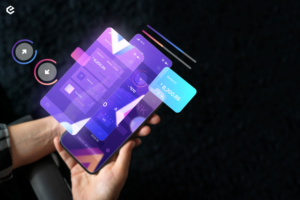
2. Latest Trends in AIPowered Mobile App Development
Generative AI and AI Co-Pilots
Users now expect generative AI capabilities—AI can draft messages, create images, and even auto-assemble personalized dashboards. Chatbots and AI co-pilots help users accomplish more with less input, driving retention and opening up new revenue streams.
Hyper-Personalization
AI leverages behavioral insights to tailor every aspect of the app:
- Recommendations across content, shopping, and entertainment.
- Dynamic UIs that respond to individual context (e.g., accessibility, preferences).
- Real-time adaptive notifications and scheduling.
Predictive Analytics
Apps predict what users might want to do next:
- Suggesting actions before users realize they need them.
- Automating routine workflows and providing health or financial insights.
- Early-warning systems in health, security, and travel apps.
AI Enhanced Security & Privacy
With AI, apps monitor for abnormal behavior and cyber threats:
- Behavioral biometrics (how users swipe, type, or interact).
- Continuous authentication and fraud detection.
- Proactive responses: lockouts, alerts, or banning suspicious actors.
Adaptive and Generative UI
AI now influences not just app logic but also the UI. Mobile apps use generative AI to:
- Assemble interface components on the fly.
- Create tailored onboarding for different user types.
- Rewrite or rearrange content based on current needs and context.
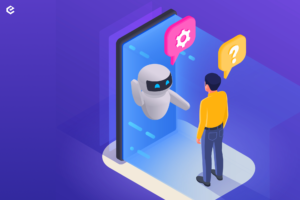
3. Best Practices for AI Integration in Mobile Apps
Design with the User in Mind
- Prioritize clear UX AI features should be intuitive and supportive, not confusing.
- Clearly explain AI actions to users to build trust and engagement.
Privacy and Transparency
- Be transparent about data use and AI-driven personalization.
- Make user control and consent central to your design—especially with on-device and sensitive data.
Iterative Approach
- Start with a few, high-impact AI features.
- Gather real-world data and feedback to refine models and UX.
Explainability and Fairness
- Favor explainable AI: help users understand why they get certain recommendations or decisions from your app.
- Continuously test for bias in training data and model outputs to ensure ethical and inclusive outcomes.
Use the Right Platforms and Tools
- Leverage pre-trained models and services tailored for mobile Apple Foundation Models, Tensor Flow Lite, cloud APIs)
- Use cross-platform frameworks for broader reach and reduced implementation time.
4. Real-World Applications and Case Studies
AI-Powered Virtual Assistants
From personal productivity to healthcare, AI assistants:
- Manage tasks proactively, suggesting actions based on calendar, email, or wearable data.
- Understand emotion and context to provide empathetic, relevant help.
Personalized Health and Wellness
AI in health apps can:
- Monitor vital signs, analyze medical images, and provide tailored advice.
- Detect anomalies and trigger alerts for users or clinicians.
Smarter Finance & Payments
AI helps users track spending, detect fraud before it strikes, and offer hyper-personalized financial advice—all within a mobile app interface.
Elevating Mobile Gaming
AI transforms mobile games with dynamic environments, adaptive NPCs, and evolving storylines based on individual player actions.
5. Challenges and How to Overcome Them
Development Complexity
- AI integration requires skills in ML, data science, and mobile engineering.
- Leverage robust frameworks, cloud AI services, and seek expert consultation when scaling up.
Data Governance
- Invest in robust security and compliance practices.
- Regularly update privacy policies as AI evolves—and communicate these transparently to users.
Model Maintenance and Optimization
- Continuously monitor AI modelsʼ performance and user satisfaction.
- Refine features through iterative releases and exploit real-world user data.
6. The Roadmap: Building a Future-Ready AI App
- Define your app’s core value and how AI will elevate it.
- Identify the top AI-driven features that deliver direct user benefit (personalization, voice
UI, predictive suggestions, automated workflows). - Choose the right architecture (cloud-based, on-device, or hybrid).
- Prototype and test AI features for usability and impact.
- Address privacy, fairness, and transparency early and often.
- Iterate post-launch using analytics and user feedback.
Conclusion: The Age of Intelligent Apps Has Arrived
AI isnʼt just a “nice-to-have” for mobile apps—itʼs the backbone of what makes the best apps stand out in 2025. Developers that leverage AI effectively are delivering memorable, efficient, and trusted experiences that users love—and that businesses rely on for growth.
If youʼre looking to bring the power of AI to your next mobile app, ensure you build with user needs, privacy, and the latest AI trends in mind. For those seeking expert support, Eoxys IT Solution LLP provides advanced AI-powered app development services to help you stand out in a competitive marketplace.

